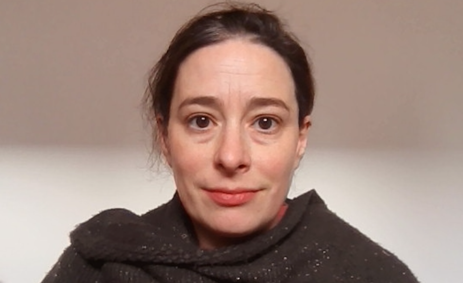Using citizen science and software to hunt for microplastics
Posted on 18 October 2022
Using citizen science and software to hunt for microplastics
to find which works best
By Kirsty Pringle, Homes under the Microscope project Co-lead and SSI Project Manager.
Microplastics in the air
When I think of the plastic in my home I normally think of food packaging or that annoying hard plastic wrapping that is impossible to open, but I recently became involved in a study looking at a less visible form of plastic - the plastic in our clothes. About two thirds of the textiles in our homes contain plastic, it’s added to improve durability and elasticity of the material. As we use these textiles, tiny fragments break off and pass into the air around us. Once in the air, these tiny microfibres can be ingested or inhaled; it’s estimated that on average we each eat up to 5g of plastic a week - that’s about the weight of a credit card! But we don’t know how much plastic we inhale.
Measuring microplastics in the home
Very little is known about the microfibres in the air in our homes: How many are there? Are they mostly plastic or other materials? What are the main sources?
The Homes Under the Microscope project aims to harness the power of citizen science to answer all these questions. Participants are asked to place a microfibre collection dish in their homes for two weeks - the collection dish is very simple, it’s just a petri dish with some forensic tape fixed inside. The forensic tape is sticky, so any airborne microfibres that touch the tape will remain stuck to the sampler. After two weeks, participants examine the samples using a microscope provided and upload photos to the website. Finally, participants return the sample to us and we use RAMAN microscopy to analyse the collected fibres, which tells us what they are made of e.g. cotton, polyester etc. The project has just completed a successful pilot phase in Bristol, and will be rolled out in Bradford and Bristol in January 2023.
Particles depositing from the air stick to the tape.
Image processing
The microscope images collected give an insight into the abundance of microfibers at home, but it is time consuming (and boring!) to systematically examine all the samples and count the number of microfibres collected. Instead we are using an image processing tool (designed by Mark Hansen, UWE) that analyses the images and counts the number, size and shape of each fragment identified.
The tool itself is written in python and uses the scikit-image library to segment the particles and fibres from the background via thresholding and morphological operations. A key aspect used to register the location and calibrate the images to real world sizes is the detection of letters that are printed on the collection disk. To achieve this, the easyocr library is used which uses the pytorch (deep-learning) framework to extract any characters it finds in the image. The characters are of fixed size (0.8mm) so we can use this information to estimate what size a pixel represents in real-world coordinates, before removing them from the image to leave only the fibres and particles. Once we know the pixel size then we can then estimate the sizes of the particles and fibres deposited.
The letters help us locate fibres on the sample and are used by the image processing to calculate the magnification.
This tool will allow us to really scale up the data analysis - our sample system is super cheap, and with the tool counting the fibres is very fast, so once we have evaluated and honed the performance of the imaging tool we will have a powerful approach to allow a step change in the amount of microfiber samples collected - we will be able to sample in more homes, and then in offices or schools and perhaps even outdoors.
Could school students get involved?
We are developing school materials around the collection and analysis of airborne microfibres; we want to design an interactive activity for secondary school pupils that will introduce the topics of microplastic and image processing, as well as collecting more vital data. We are currently working on ways to link the imaging tool to aspects of the computing curriculum - we want to show that software is essential for research and has many real life applications that can enhance and protect health and the environment. This is still in the design phase, so we’d love to hear from anyone with interest or experience in this area!
Follow @MicroscopeHomes for updates on the project, or email microscopehomes@uwe.ac.uk for more information.

